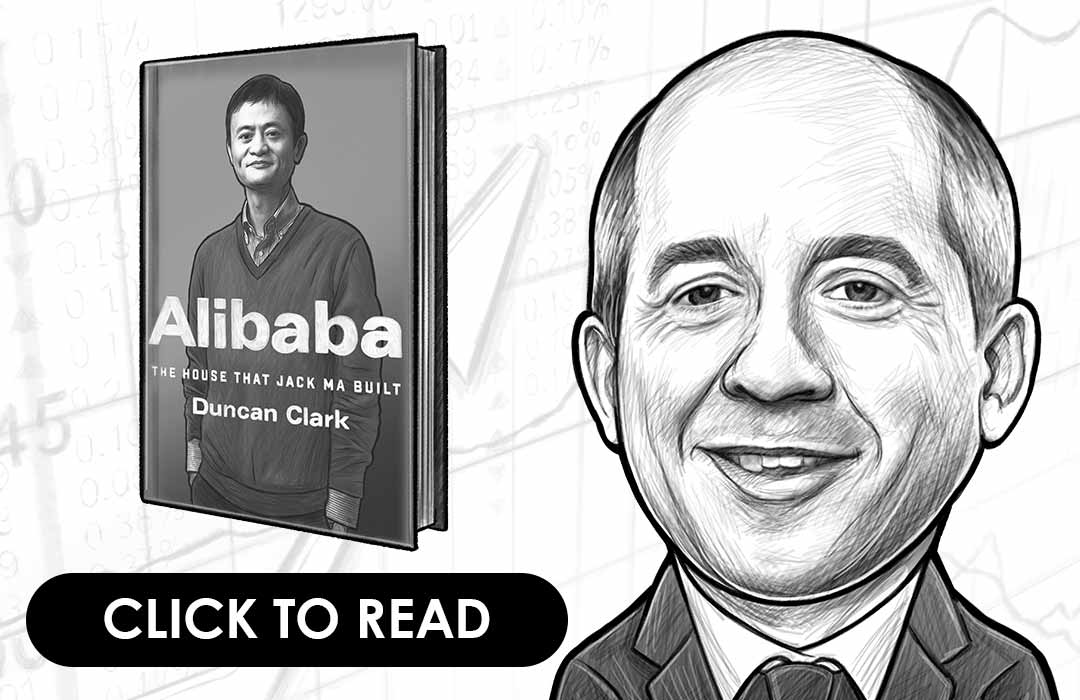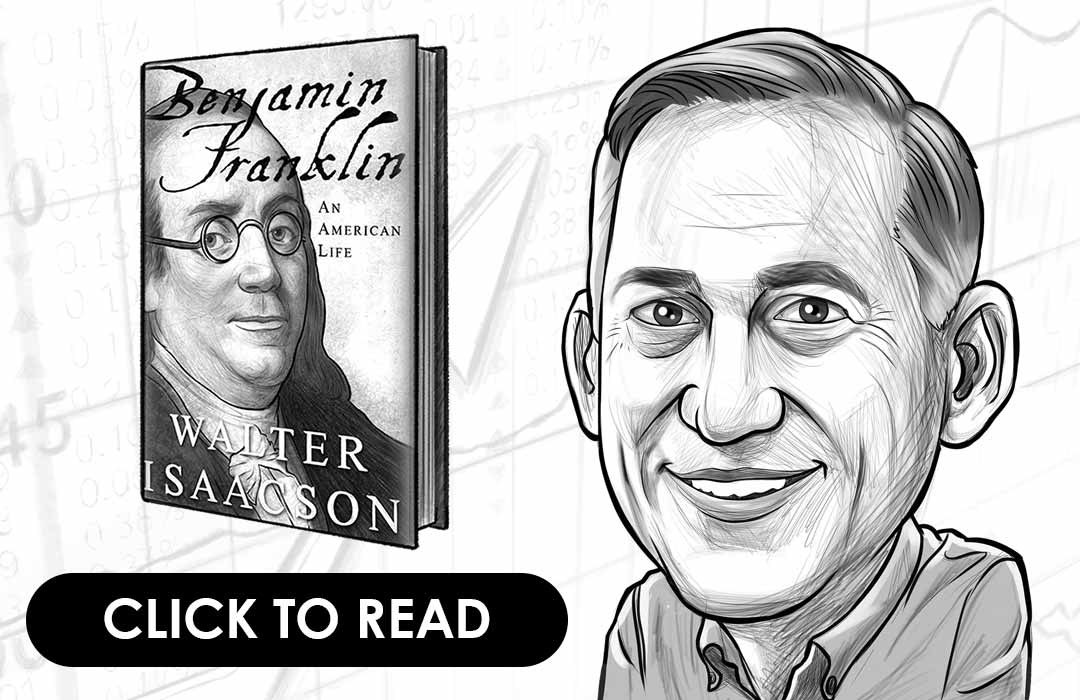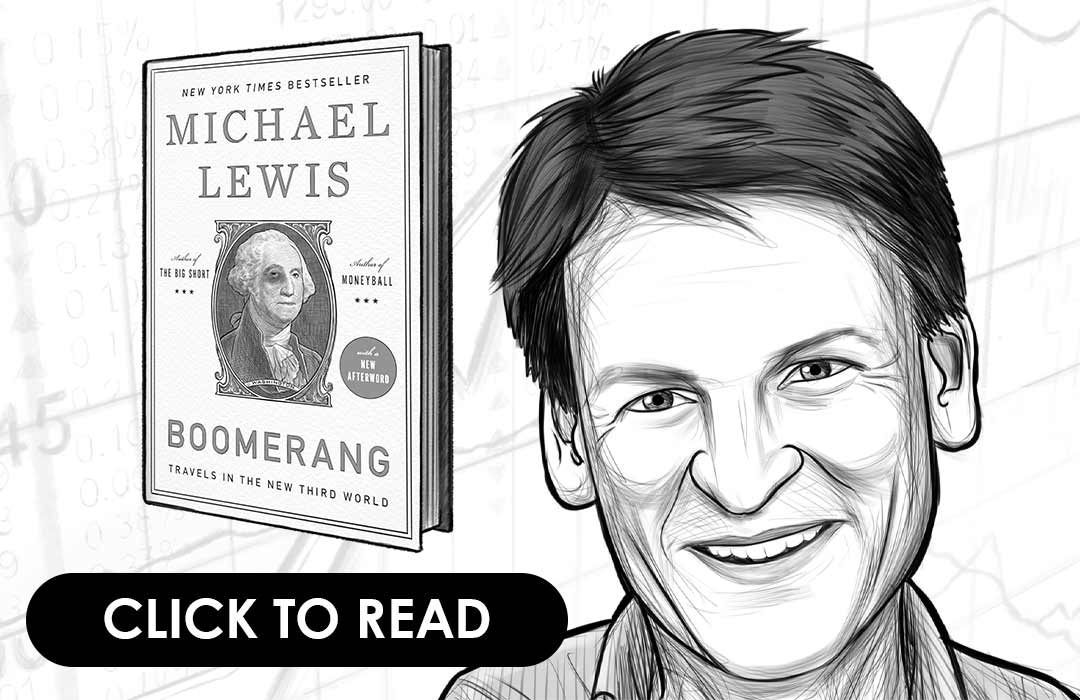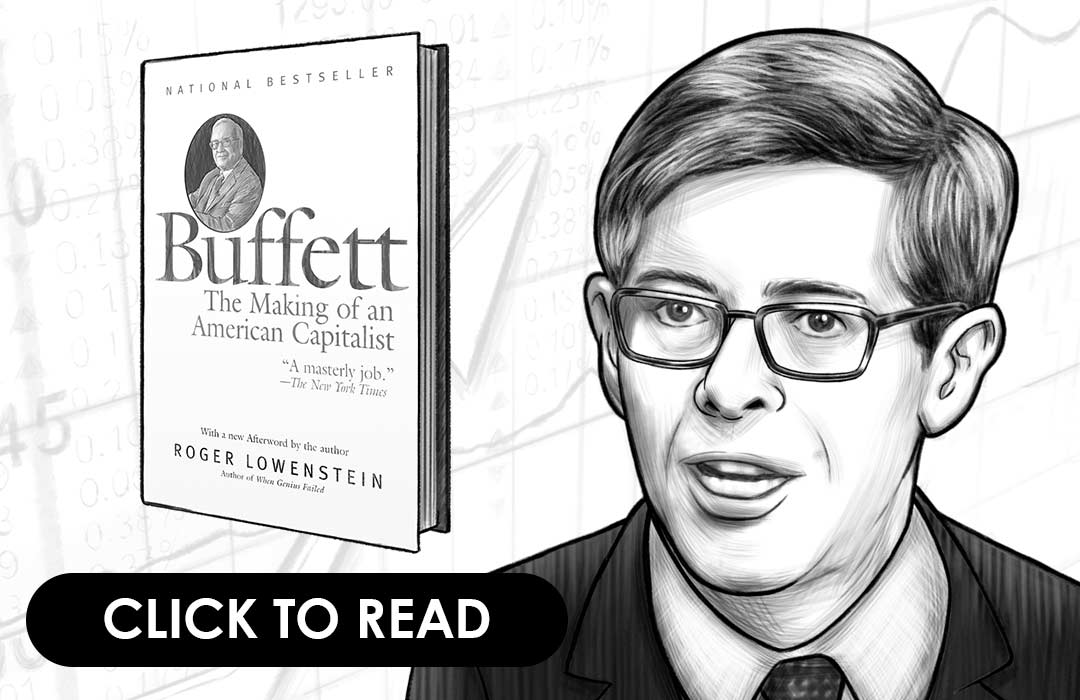An Executive Summary Of The Escape From Balance Sheet Recession
And The QE Trap
By Richard C. Koo
WHO IS RICHARD C. KOO?
Richard C. Koo is a Taiwanese-American economist who is now residing in Japan. He specializes in balance sheet recessions and serves as the Chief Economist at the prestigious Nomura Research Institute. His primary responsibilities include providing market and economic analysis to the institute and managing leading security houses that prevail in Japan. He has been voted numerous times as a reliable economist and has gained immense respect in Japan and other financial sectors. As an author of several books, Richard has a strong knowledge about the subject and he has a very clear and concise style of writing. Read more about balance sheet recession in this book: The Escape from Balance Sheet Recession and the QE Trap: A Hazardous Road for the World Economy.
PRESTON AND STIG’S GENERAL THOUGHTS ON THE BOOK
Textbooks in economics are almost always written in the same style, and with the same references to timeless models. As one of the world’s most highly respected economists, Richard Koo doesn’t hold back in destroying that standard model. He is tearing down politicians, heads of central banks, fellow economists, and most importantly conventional economic theory. Although Koo offers a different vantage point to the troubles the world faces, I feel he offers very little with respect to methods needed to solve the problems. Although I wasn’t a fan of Koo’s occasional ego trips throughout the book, he definitely wrote a good book that describes the current economic conditions very well. I think this book is definitely worth the reader’s time to fully understand the general premise of the issues we face and the enormous problems that need solved.
PREFACE
Years after the financial crisis the economic situation in the West looks bleak. Looking at recent data from June 2014 and backwards, it resembles what happened in Japan back in the 1990s. It’s no ordinary downturn, but rather a different type of recession that is overlooked by the traditional economic theory. Balance sheets are depressed because asset values have taken such an enormous setback while the liabilities remain.
High levels of debt cause individuals and companies to pay down debt and when no one borrows or spends money even at 0% interest rate, the economy struggles. This has happened multiple times before, most notably during the Great Depression after the crash in 1929. According to Richard Koo, this economic phenomenon can be described by “Balance sheet recession theory” and therefore, it’s also the first part of the title of the book. Quantitative Easing (QE), which effectively means that the central bank needs to supply more money to the system and use it to buy financial assets, which in turn will inflate the prices, is a problematic byproduct of a balance sheet recession.
Understand the financial markets
in just a few minutes.
Get the daily email that makes understanding the financial markets
easy and enjoyable, for free.
CHAPTER 1: BALANCE SHEET RECESSION THEORY: BASIC CONCEPTS
This chapter specifically compares Japan in the past and the West today. Both Japan and the West lowered the interest rates as an answer to the bubble and now it’s at an all-time low for an extended period of time. The result has not been as hoped for, in terms of GDP growth. In the US, this high GDP growth is at a modest rate even after 6 years with zero percent interest rates. To understand the complexity and importance of the financial system further, consider the following three key ratios.
- Monetary base: The amount of liquidity the central bank has provided to private financial institutions.
- Money supply: The amount of supply actually available for use in the private sector.
- Private credit: The amount that the banks lend out to someone in the real economy.
Economic theory teaches us that these 3 key ratios should move together in proportion. In other words, when the central bank wants to provide 10% liquidity it’s equally reflected in the private sector to spur consumption and unemployment. Before Lehman brother crashed in 2008, this relationship was largely valid, but in the following years it has not been so. The level of liquidity in the US system (monetary base) since then has been increased by 366%, while the money supply as a result has increased only to 46%, and private credit only a mere 5%. The banks can’t give the money away because someone also has to be willing to borrow it. Not to mention banks have been heavily regulated on only providing loans to highly qualified individuals (not necessarily a bad thing).
An expansive monetary policy is only effective if the money supply and private credit increases as well, and the lack of that is also the reason for the slow economic recovery around the world. This should not come as a surprise for economists in the West as the exact same thing has happened in Japan. In other words, what is understandable and might even be recommended for an individual or a company is not necessarily what’s good for the economy or the country.
CHAPTER 2: MONETARY POLICY AND THE QUANTITATIVE EASING TRAP
To fix a balance sheet recession or any other crisis, the government can use fiscal policy and monetary policy. Fiscal policy can be helpful to stimulate the economy where people don’t spend money and the government will substitute that effect with budget deficits as a result. Japan did this in the 1990 and thereby prevented the decline in GDP that the US experienced after the great depression in 1929.
A monetary policy with lower interest rates are often the first step, but as already argued, the effect is limited. Another key indicator to look at when it comes to monetary policy is the aggregated supply of money. Consider the US in the great depression. It plunged by 33% because businesses and households withdrew money from their bank account and used it to pay off debt. In Japan, however, the fiscal policy played together with the monetary policy because of the increased government spending, and thereby balanced the contraction from businesses and individuals. This is, however, not a strategy without consequences as it leaves the government indebted as the sole remaining borrower effectively determining the size of Japan’s money supply.
The QE conducted by the FED since 2008 had three rounds. By buying a variety of bonds at a rapid pace, the yield of bonds declined, thereby making other assets classes like stock relatively more attractive and in turn increasing the prices. It was also a bet of prices on stocks to drive wealth, which is basically like putting the cart before the horse. During that period, the Chairman of the FED, Mr. Bernanke, claimed in September 2012 that the QE had lowered the 10 Treasury note by 0.8% ‐ 1.2% and that it had boosted the GDP by 3%. The author argues that this is not true, as lowering the long-term interest rate has another impact during a balance sheet recession. Here, the private sector looks less at the price of debt (the interest rate), and rather on the outstanding principal using all savings to pay the loan down. This is what he refers to as the “QE-Trap.”
So, you’re probably wondering if there’s a solution to balance sheet recession? Well, the author really doesn’t provide one (except prevention).
CHAPTER 3: THE UNITED STATES IN BALANCE SHEET RECESSION
The United States has been in a balance sheet recession since 2008. After a few missteps in the beginning, the country was partly funded by $1 trillion-plus deficit and it has proven to be a robust strategy. Now the time has naturally come for debt reduction, but it’s important that the government understands that it cannot be enforced right after the crisis deficit reduction.
Contrarily to Europe, the US started adopting a more sustainable fiscal policy strategy in 2009, which is the main reason why the US is positioned better than other countries for the years to come. More specifically, the $787 billion stimulus package (called American Recovery and Reinvestment Act of 2009) included direct spending of infrastructure, education, health, energy, federal tax incentives, and many other government initiatives. Another reason was America’s ability to avoid the fiscal cliff (increasing taxes while decreasing spending) in January 2013.
America, however, is in no way out of the balance sheet recession. Both households and companies are net savers in an unprecedented long period with low interest rates and should be a good indicator of the unique times we are in.
CHAPTER 4: THE GREAT POTENTIAL OF ABENOMICS
Japan has implemented a very high QE program since 2010, much higher than in the western world when compared to the size of the economy. The goal of the QE was partly to weaken the Yen compared to the dollar, which was meant as a stimulus to the Japanese economy. As a result, the Japanese equity market soared from increased investments from foreign investors. The higher supply of monetary base to encourage bank lending is also due to the Japanese culture where deposits from customers are not seen as a tool for the bank to invest in higher yield investments, but rather money is entrusted to the bank for preserving the capital.
This cultural element is also reflected in the legislation. Managers of money can typically not invest in foreign assets or domestic equities freely. As a result, since there is a balance sheet recession in Japan and there are no domestic borrowers, in fact, the only borrower is the Japanese government. This drives down the yield on bonds and drives up the prices of stocks just as QE has done in the US.
Japan is in great difficulties. Households and corporate sectors are still huge net savers, and the government is therefore still required to spend a lot of capital to ensure economic activity. The whole thing is complete government manipulation.
In the end, Japan needs to start deleveraging the public debt. Conventional measures like tax hikes and cutting corporate spending will not be sufficient as it depresses economic activity. The answer rather lies in growing the income ‐ the national GDP of Japan.
CHAPTER 5: EURO CRISIS – FACTS AND RESOLUTION
The focus in Europe has not been on the balance sheet recessions, even though the European economies have also been severely damaged by the housing crisis, and therefore originally faced a similar situation. After the Euro zone decided to spark the economy with an expansive fiscal policy in 2009, which was the right decision, the tables turned when Greece’s financial problem revealed itself. Other countries now started to turn to contractive fiscal policy (the opposite of what Koo recommends) to prevent themselves from becoming “the next Greece”. In other words, European businesses and households started to collectively repair their balance sheets at the worst possible time. Again, great decisions by individuals to minimize their debt and become more responsible doesn’t equate to healthy GDP growth as a collective country.
Although one might look at Europe as one economic zone just because they have the same currency and monetary policy, it’s much more complex than that. Germany, for instance, is funding much of the debt-ridden countries of the EU. This conflict of interest is causing severe stress on the European alliance.
PIIGS countries (Portugal, Italy, Ireland, Greece, and Spain) are still weak economically after the financial crisis, and are handicapped by not being able to control their own economic policy. While it can be argued that the monetary policy has little use in these countries, it can also be argued that centrally controlled monetary policy has not been a success. Countries and economic states have simply been too different. The same currency also poses the problem that investors can shop around in nationally issued bonds with no currency risk. When investors’ start selling bonds, in say Greece, which will increase the bonds yield, it also increases the price Greece has to pay to meet its debt obligations. That should be seen in comparison to if Greece has its own currency and the higher bond yield would be offset in a weakened currency.
Solutions to the crisis in Euro should include an EU panel of experts that have the authority to certify whether a member country are in a balance sheet recession, and if yes, grant sufficient fiscal stimulus fill full support of the EU. The current rule of maximum 3% fiscal deficit of GDP should, in this relation, also be omitted. This rule that was meant to ensure stability should rather be replaced by the rule of a Eurozone government only being able to issue debt to its own citizen. This would mitigate the capital flows among countries, maintain the fiscal policy freedom for countries and ensure stability.
Understand the financial markets
in just a few minutes.
Get the daily email that makes understanding the financial markets
easy and enjoyable, for free.
CHAPTER 6: CHINA’S ECONOMIC CHALLENGES
China’s economy is strong compared to the other three economies of the US, Europe, and Japan. So, why include China in this book of balance sheet recessions especially when real estate prices are high? China is worth a thorough scrutiny because it was close to a balance sheet recession in 2008 due to the equity and real estate bubble. The government immediately authorized fiscal stimuli to be pumped out in the economy on a huge scale. Compared to the US, it was more than 3 times as big and was equivalent to 17% of GDP. Not having to consider the stature of the public mind, China could carry out the right fiscal stimulus at the right time. It is also the only country of a large size where fiscal stimuli acts faster than monetary policy.
China’s problems today are about whether a real estate bubble is occurring, and what will happen if it bursts. Where the communist past has its advantages when it comes to the quick response to balance sheet recessions, it also brings costs to the Chinese economy. The many state‐owned companies have an enormous overcapacity that is not sustainable for a capitalistic society.
Perhaps, China’s most important challenges are the transition it’s facing regardless of whether a real estate bubble will bust or not. From being a labor intensive‐economy based on inexpensive labor with abundance or workers from rural areas, it has transitioned to an industry-based society that is more complex. Wages and prices are skyrocketing and the citizens are now requiring other products, services, and labor privileges, while the autocratic government focuses on enhancing a different and more advanced skill set from its population in return for higher wages and to ultimately ensure competitiveness.







